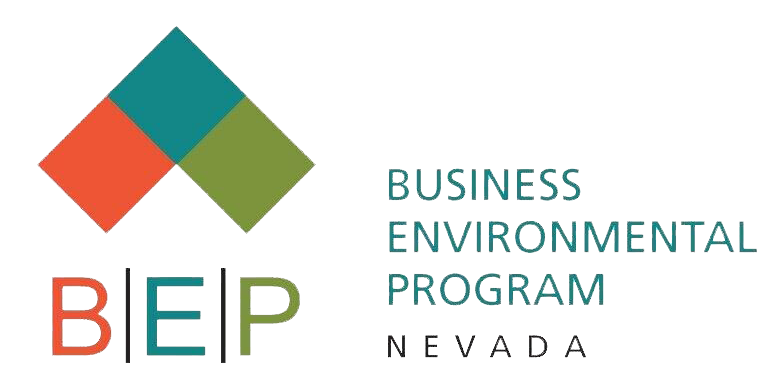What are the benefits of waste minimization?
Waste minimization not only protects the environment; it also makes good economic and business sense. For example, reducing waste generation through waste minimization has helped some companies change their RCRA regulatory status from large quantity generators (1000 or more kilograms of hazardous waste generated per month) to small quantity generator (between 100 and 1000 kg of hazardous waste generated per month), or to conditionally exempt small quantity generators (up to 100 kg of hazardous waste generated per month). Some have …
